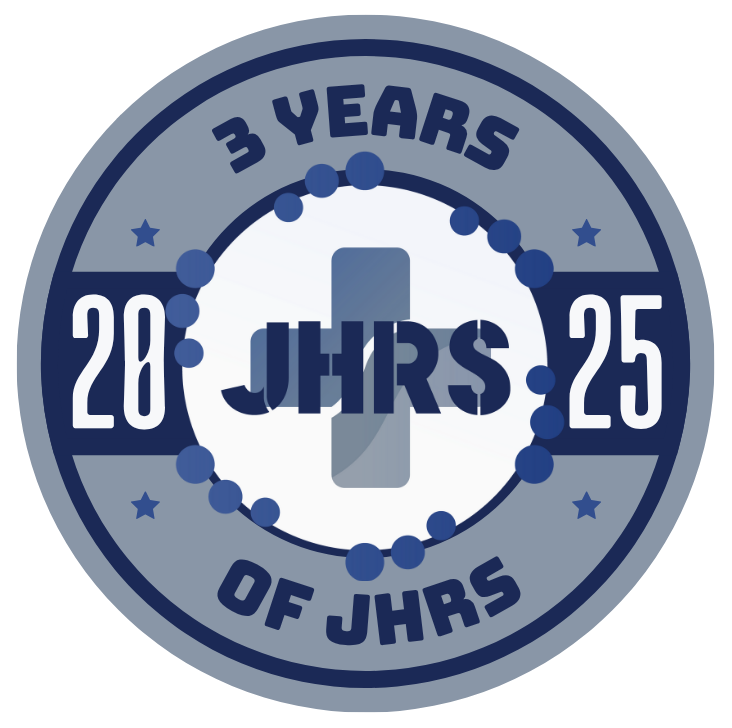Happy New Year 2026!
May the coming year bring you good health, professional fulfillment, and continued inspiration in your scientific and academic endeavors. We remain deeply grateful for your trust, contributions, and commitment to advancing high-quality research in health and rehabilitation sciences.

















